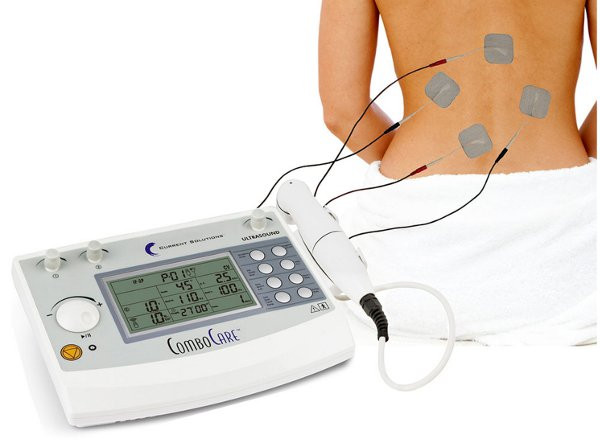 9th May 2017
9th May 2017
How Physical Therapy Helps Chronic Fatigue Syndrome
Nerve and Muscle Strain & it’s Impact On Chronic Fatigue Syndrome
 Chronic Fatigue Syndrome (CFS) is diagnosed in people who suffer severe fatigue for over six months. CFS most commonly occurs in female and while its cause is unknown, there can be environmental or genetic factors that can be related.
Chronic Fatigue Syndrome (CFS) is diagnosed in people who suffer severe fatigue for over six months. CFS most commonly occurs in female and while its cause is unknown, there can be environmental or genetic factors that can be related.
Symptoms of Chronic Fatigue Syndrome
In addition to extreme fatigue, patients with CFS experience:
- Complications with memory and concentration
- Chronic muscle and joint pain
- Persistent headaches
- Tender lymph nodes and sore throat
Chronic Fatigue Syndrome is made worse with physical activity, but also doesn’t improve with periods of rest. Because the cause of CFS is unknown, studies are funded to research causation and possible treatments of CFS. A new study found that the symptoms of Chronic Fatigue Syndrome are made worse by nerve and muscle strain. Further, it found that normal movements can cause mild to moderate strain in patients with CFS and more intensive activity can lead to strain that triggers significant CFS flare-ups.
Symptoms of Nerve & Muscle Strain
- Pain and Irritation
- Swelling & Edema
- Limited Range of Motion
Physical Therapy Treatments for Nerve & Muscle Strain Experienced with Chronic Fatigue Syndrome
One of the main goals in physical therapy for Chronic Fatigue Syndrome is the ability to tolerate physical activity without a flare-up. The studies for Chronic Fatigue Syndrome point towards the necessity to address the limitations caused by nerve and muscle strain before CFS patients can participate in more physical activities.

Modalities for the Treatment of Nerve & Muscle Strain
Pain Reduction: The following modalities are beneficial in the treatment of pain experienced as a result of nerve and muscle strain:
- Therapeutic ultrasound
- Transcutaneous electrical nerve stimulation (TENS)
- Low-level laser therapy
- Whirlpool Therapy
- Heat & Cold Therapy
A study published in Current Rheumatology Reports found that TENS successfully reduces pain in patients that experience chronic pain.
Swelling & Edema Cessation: Swelling and edema are the main causes in limiting range of motion. In order to effectively reduce swelling and edema, it is necessary to consider using combination therapeutic modalities like cold-compression therapy and/or therapeutic ultrasound/electrical stimulation. A study published Open Access Journal of Sports Medicine found that cold-compression therapy is superior in reducing swelling and edema in sprains and strains.
Improving Range of Motion: The conclusions of studies done on Chronic Fatigue Syndrome all agree that improving tolerance of physical activities is an essential goal in regaining function. In addition to therapeutic exercise and activities, physical therapy modalities like whirlpool therapy are used to improve range of motion and exercise tolerance. A study published in the International Journal of Preventive Medicine found that whirlpool therapy significantly improved range of motion. Additionally, the study found that whirlpool therapy is superior in pain reduction making it a powerful modality to use when treating patients with Chronic Fatigue Syndrome.
More than 1 million Americans suffer from Chronic Fatigue Syndrome. The symptoms of CFS can be debilitating leading to loss of function in work and daily activities. Physical therapy can not only give CFS patients the tools to manage their symptoms but improve their ability to regain function and quality of life.
Related Article: How to Treat Patients With Recurrent Rehabilitative Issues






